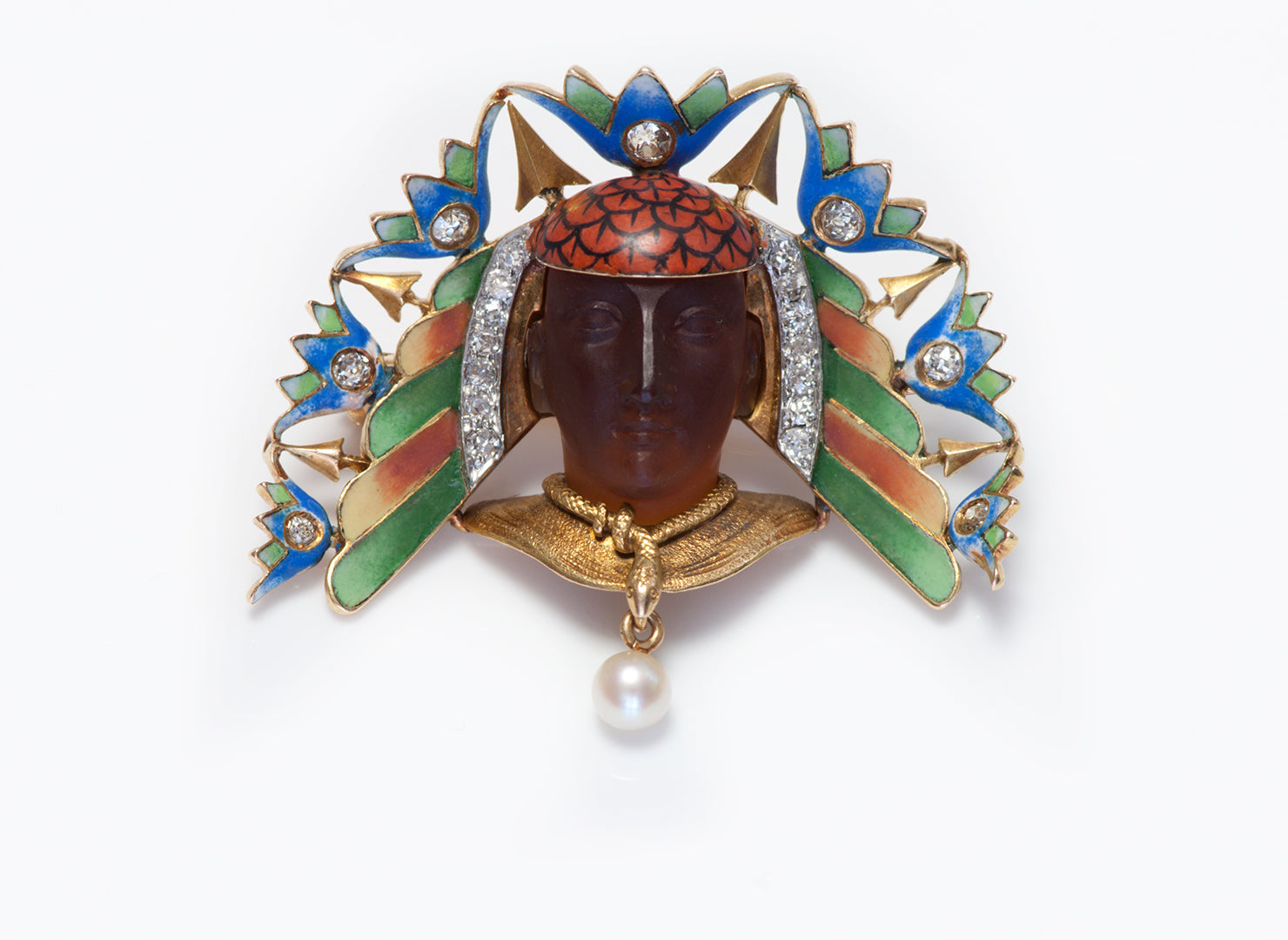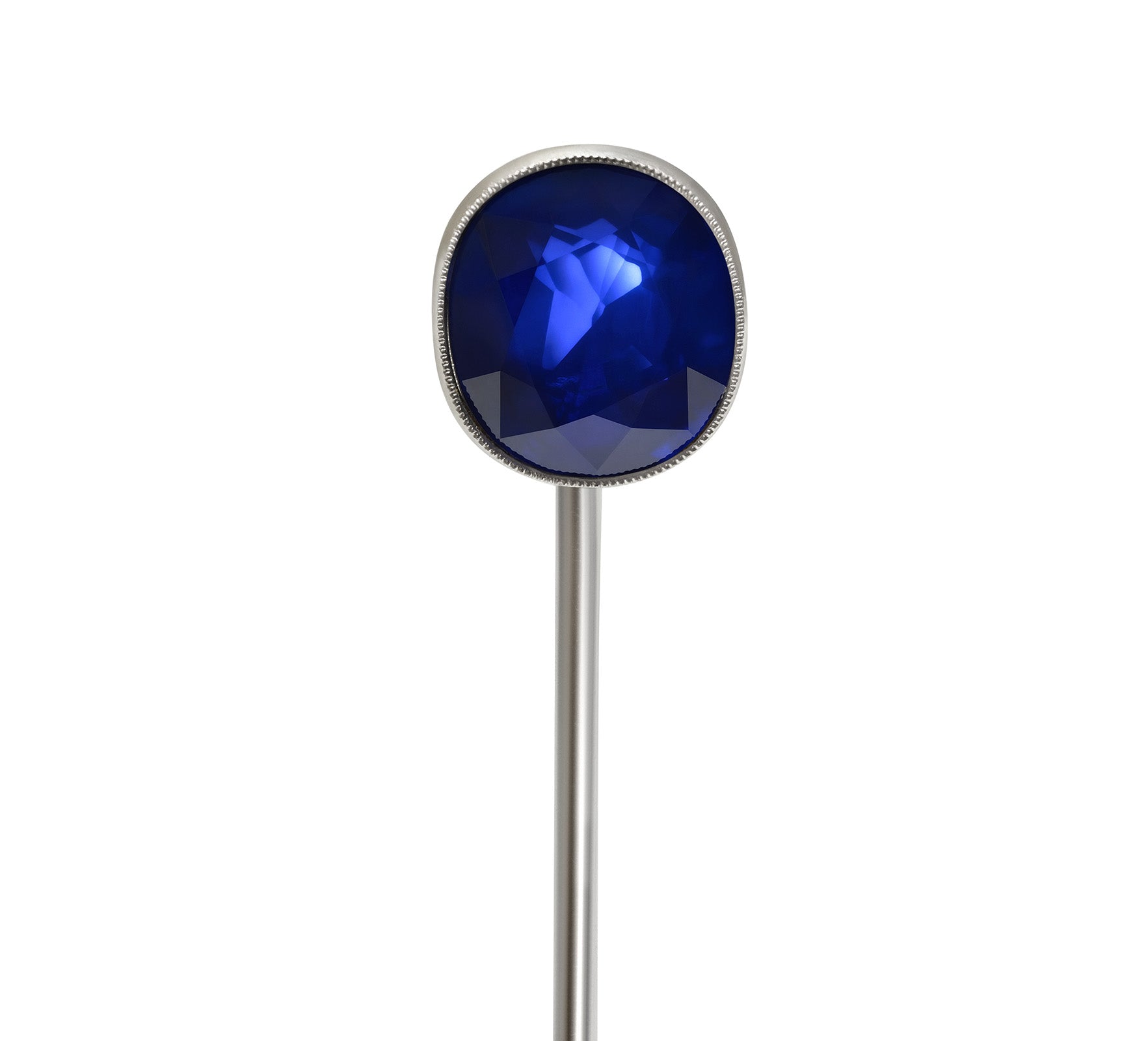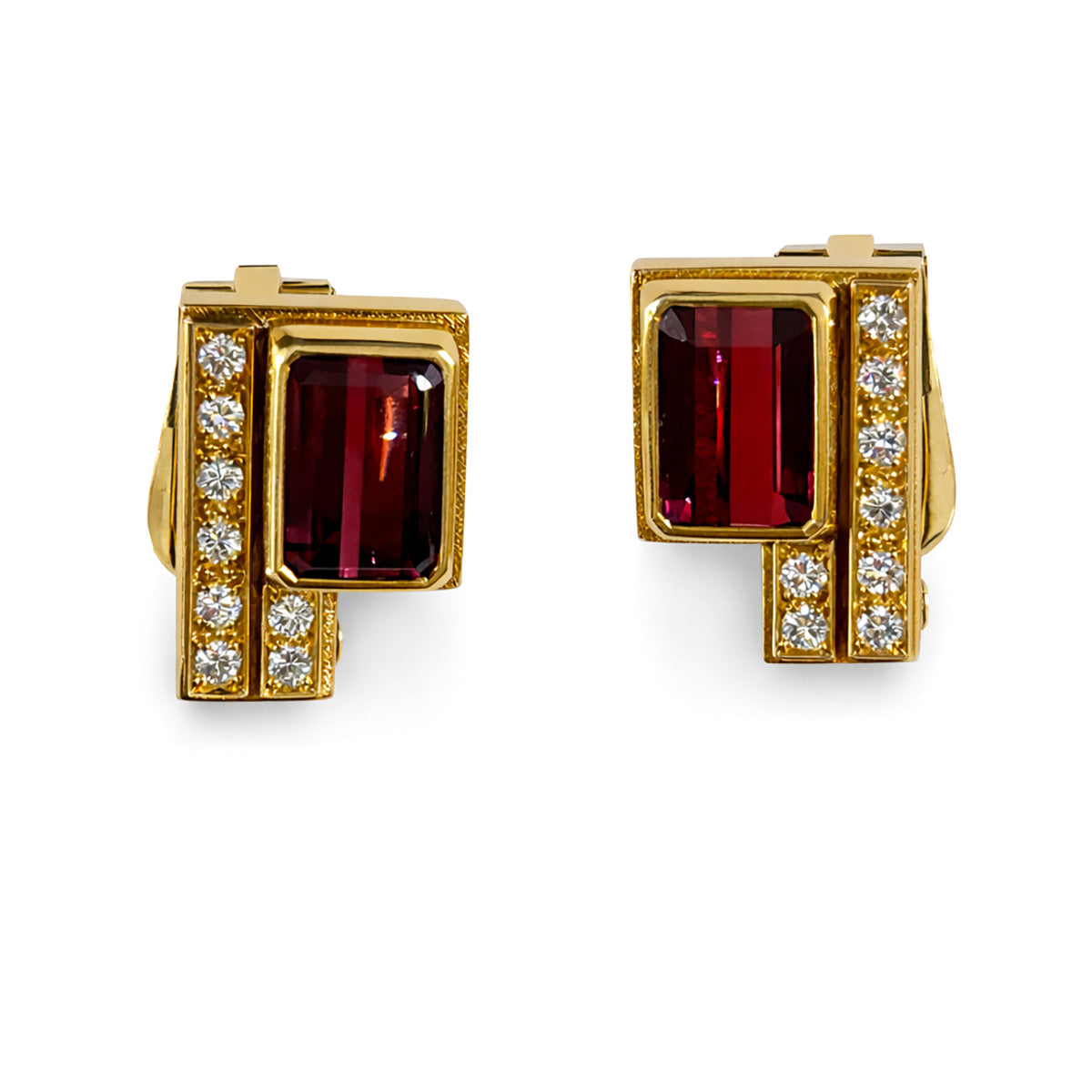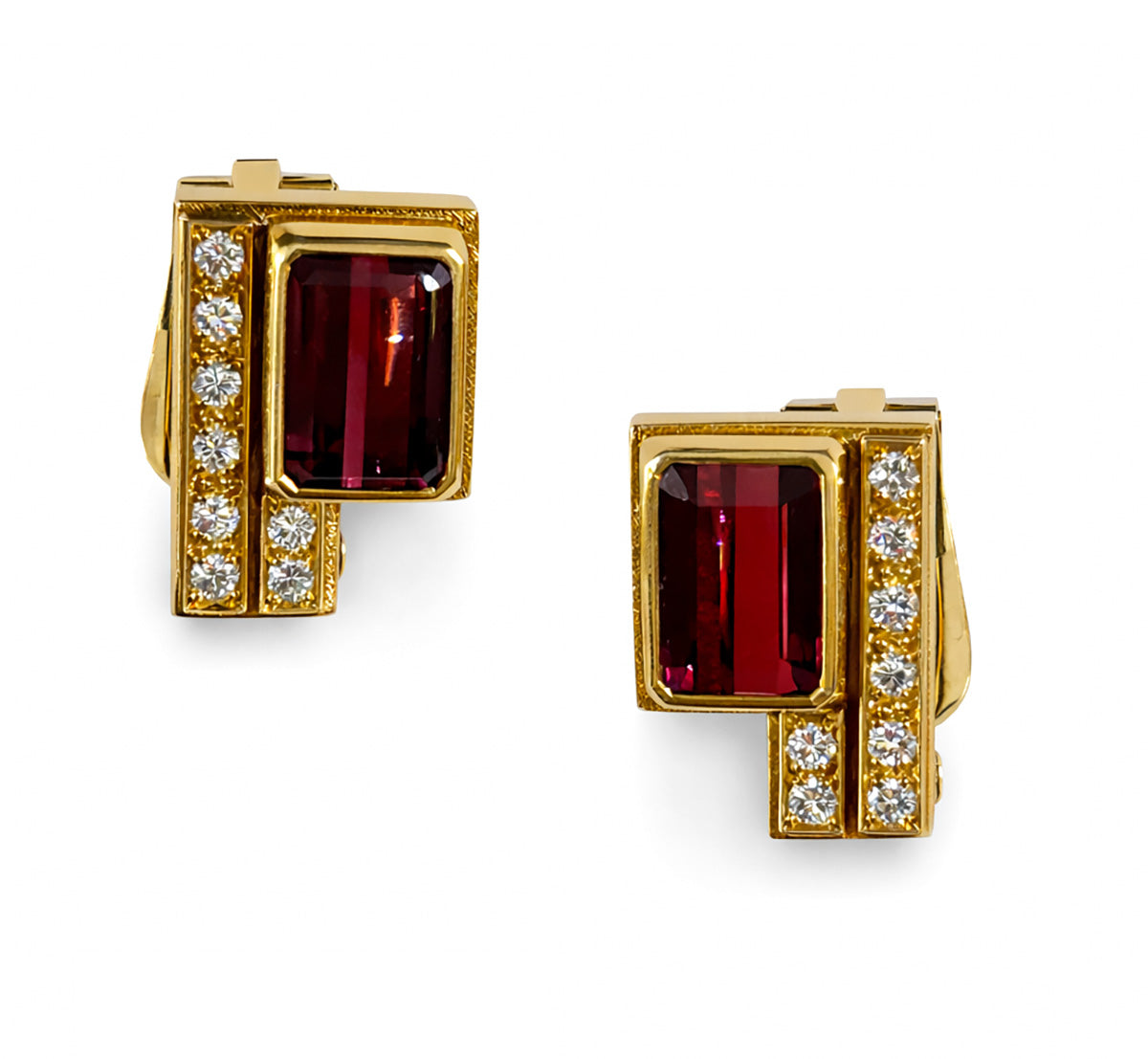
The Fascinating World of Ancient Egyptian Jewelry
Ancient Egypt, known for its rich culture and the fascinating pyramids, is also famed for its sophisticated and stunning jewelry. Crafted with precision and artistic flair, Egyptian jewelry was more than mere adornment; it held profound cultural, religious, and social significance.
Jewelry in ancient Egypt was imbued with deep symbolism. Many pieces featured motifs related to protection, power, and the afterlife. The ankh, symbolizing eternal life, and the scarab beetle, representing rebirth, were common themes.
Amulets were particularly significant, believed to provide protection and bring good fortune. These small charms were often shaped like gods, animals, or hieroglyphs and were worn as necklaces or bracelets. In death, amulets were placed within mummy wrappings to ensure safe passage to the afterlife.

Religiously, jewelry played a crucial role in rituals and ceremonies. Priests wore specific jewelry pieces during rituals to invoke the gods' favor and protection. Pharaohs, regarded as divine or semi-divine beings, wore intricate jewelry that signified their status and divine connection.
Jewelry was also a marker of social status in ancient Egypt. The wealthy adorned themselves with lavish pieces, while the less affluent wore simpler items. However, regardless of status, everyone, including children, wore jewelry. It was believed to offer protection and connect the wearer with the divine.
Materials and Craftsmanship
Egyptian jewelers had access to an impressive array of materials. Gold was highly prized for its luster and association with the sun god, Ra. Silver, though less common, was also used, along with electrum, a natural alloy of gold and silver. Copper and bronze were employed for less expensive pieces.
Precious and semi-precious stones adorned these metals, including turquoise, carnelian, lapis lazuli, amethyst, and garnet. These stones were chosen not only for their beauty but also for their symbolic meanings and supposed magical properties. For instance, turquoise was believed to protect the wearer from harm, while carnelian was thought to bring vitality and energy.
Types of Jewelry
Pectorals and Broad Collars: Pectorals, large ornamental breastplates, were worn by royalty and high-ranking individuals. They often depicted gods, goddesses, and sacred symbols. Broad collars, or wesekhs, were made of multiple rows of beads and adorned the necks of the deceased, symbolizing their high status and ensuring divine protection.

Bracelets and Armbands: Bracelets and armbands were worn by both men and women, often in pairs. They were typically made of gold, decorated with intricate patterns and inlaid stones. Snake motifs were particularly popular, symbolizing protection and royalty.
Rings: Rings in ancient Egypt were not just decorative; they often served as seals. Signet rings bore the names and titles of their owners, inscribed in hieroglyphics. These rings were used to stamp official documents, ensuring their authenticity.
Earrings: Earrings became fashionable during the New Kingdom period (c. 1550–1070 BCE). Made from gold, they were frequently adorned with precious stones and designed in various shapes, including hoops and pendants.
Headpieces: Elaborate headpieces and diadems were reserved for royalty and high-ranking individuals. These headpieces often depicted gods and goddesses, incorporating symbols such as the uraeus (cobra) and the vulture, signifying divine protection.
Unearthing the Treasures: Jewelry Found in the Egyptian Pyramids
The pyramids of ancient Egypt are not only architectural marvels but also treasure troves of history. Among the many artifacts discovered within these monumental tombs, jewelry stands out as a testament to the artistry, culture, and beliefs of the ancient Egyptians.
The jewelry found in the Egyptian pyramids is a window into a world that valued artistry, symbolism, and the eternal connection between the material and the spiritual. These treasures, preserved for millennia, continue to illuminate the rich and complex history of ancient Egypt.

Famous Discoveries
Tutankhamun’s Tomb: The most famous collection of Egyptian jewelry comes from the tomb of Tutankhamun, discovered by Howard Carter in 1922. The young pharaoh’s tomb was a treasure chest filled with gold and precious stones. Among the most notable pieces were the pharaoh's funerary mask, inlaid with lapis lazuli, turquoise, and carnelian, and an array of pectorals and necklaces depicting gods and sacred symbols.
Queen Hetepheres I: The tomb of Queen Hetepheres I, mother of Khufu (the pharaoh who commissioned the Great Pyramid of Giza), contained a stunning collection of jewelry. Her treasures included intricately crafted bracelets and necklaces made of gold, silver, and precious stones. These pieces exemplified the high level of craftsmanship and the use of advanced techniques such as filigree and granulation.
Pyramid of Senusret II: Jewelry from the Middle Kingdom, such as that found in the tomb of Princess Sithathoriunet near the pyramid of Senusret II, showcases the evolution of Egyptian jewelry design. Her tomb contained exquisite pieces, including a diadem adorned with rosettes and an array of amulets and pectorals featuring complex inlays and vibrant colors.
The jewelry unearthed from the pyramids continues to captivate historians, archaeologists, and jewelry enthusiasts. These artifacts provide invaluable insights into the cultural and religious life of ancient Egypt.
Jewelry in ancient Egypt was imbued with deep symbolism. Many pieces featured motifs related to protection, power, and the afterlife. The ankh, symbolizing eternal life, and the scarab beetle, representing rebirth, were common themes.
Amulets were particularly significant, believed to provide protection and bring good fortune. These small charms were often shaped like gods, animals, or hieroglyphs and were worn as necklaces or bracelets. In death, amulets were placed within mummy wrappings to ensure safe passage to the afterlife.

Religiously, jewelry played a crucial role in rituals and ceremonies. Priests wore specific jewelry pieces during rituals to invoke the gods' favor and protection. Pharaohs, regarded as divine or semi-divine beings, wore intricate jewelry that signified their status and divine connection.
Jewelry was also a marker of social status in ancient Egypt. The wealthy adorned themselves with lavish pieces, while the less affluent wore simpler items. However, regardless of status, everyone, including children, wore jewelry. It was believed to offer protection and connect the wearer with the divine.
Materials and Craftsmanship
Egyptian jewelers had access to an impressive array of materials. Gold was highly prized for its luster and association with the sun god, Ra. Silver, though less common, was also used, along with electrum, a natural alloy of gold and silver. Copper and bronze were employed for less expensive pieces.
Precious and semi-precious stones adorned these metals, including turquoise, carnelian, lapis lazuli, amethyst, and garnet. These stones were chosen not only for their beauty but also for their symbolic meanings and supposed magical properties. For instance, turquoise was believed to protect the wearer from harm, while carnelian was thought to bring vitality and energy.
Types of Jewelry
Pectorals and Broad Collars: Pectorals, large ornamental breastplates, were worn by royalty and high-ranking individuals. They often depicted gods, goddesses, and sacred symbols. Broad collars, or wesekhs, were made of multiple rows of beads and adorned the necks of the deceased, symbolizing their high status and ensuring divine protection.

Bracelets and Armbands: Bracelets and armbands were worn by both men and women, often in pairs. They were typically made of gold, decorated with intricate patterns and inlaid stones. Snake motifs were particularly popular, symbolizing protection and royalty.
Rings: Rings in ancient Egypt were not just decorative; they often served as seals. Signet rings bore the names and titles of their owners, inscribed in hieroglyphics. These rings were used to stamp official documents, ensuring their authenticity.
Earrings: Earrings became fashionable during the New Kingdom period (c. 1550–1070 BCE). Made from gold, they were frequently adorned with precious stones and designed in various shapes, including hoops and pendants.
Headpieces: Elaborate headpieces and diadems were reserved for royalty and high-ranking individuals. These headpieces often depicted gods and goddesses, incorporating symbols such as the uraeus (cobra) and the vulture, signifying divine protection.
Unearthing the Treasures: Jewelry Found in the Egyptian Pyramids
The pyramids of ancient Egypt are not only architectural marvels but also treasure troves of history. Among the many artifacts discovered within these monumental tombs, jewelry stands out as a testament to the artistry, culture, and beliefs of the ancient Egyptians.
The jewelry found in the Egyptian pyramids is a window into a world that valued artistry, symbolism, and the eternal connection between the material and the spiritual. These treasures, preserved for millennia, continue to illuminate the rich and complex history of ancient Egypt.

Famous Discoveries
Tutankhamun’s Tomb: The most famous collection of Egyptian jewelry comes from the tomb of Tutankhamun, discovered by Howard Carter in 1922. The young pharaoh’s tomb was a treasure chest filled with gold and precious stones. Among the most notable pieces were the pharaoh's funerary mask, inlaid with lapis lazuli, turquoise, and carnelian, and an array of pectorals and necklaces depicting gods and sacred symbols.
Queen Hetepheres I: The tomb of Queen Hetepheres I, mother of Khufu (the pharaoh who commissioned the Great Pyramid of Giza), contained a stunning collection of jewelry. Her treasures included intricately crafted bracelets and necklaces made of gold, silver, and precious stones. These pieces exemplified the high level of craftsmanship and the use of advanced techniques such as filigree and granulation.
Pyramid of Senusret II: Jewelry from the Middle Kingdom, such as that found in the tomb of Princess Sithathoriunet near the pyramid of Senusret II, showcases the evolution of Egyptian jewelry design. Her tomb contained exquisite pieces, including a diadem adorned with rosettes and an array of amulets and pectorals featuring complex inlays and vibrant colors.
The jewelry unearthed from the pyramids continues to captivate historians, archaeologists, and jewelry enthusiasts. These artifacts provide invaluable insights into the cultural and religious life of ancient Egypt.
They reveal the Egyptians' belief in the afterlife, their reverence for the divine, and their dedication to artistry and beauty. Each piece tells a story of a civilization that, while long gone, continues to inspire awe and wonder through its enduring legacy.


















